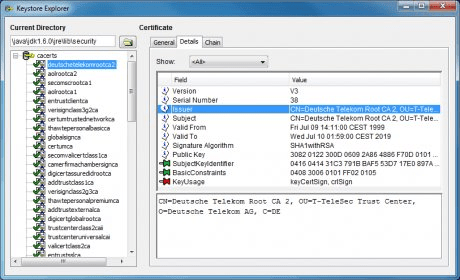



Synthetic aperture radar (SAR) is an active remote sensing system which has the capability of data collection day and night under all weather conditions 10. In recent years, radar has added a new dimension to disaster management research by providing real-time and precise information. Consequently, it is necessary that new techniques and accurate data are used in landslide susceptibility mapping in the tropical environment. In addition the cloudy and rainy weather conditions are often undesirable for optical remote sensing data 9. In Cameron highlands, landslide mapping is difficult since the landslides are generally covered by dense vegetation. Records have shown that in Southeast Asia, steep hill slopes, seasonally dry periods, excessive rainfall intensities and unstable soils are the main causes of frequent landslides 8. Most of these landslides are referred to as significant geomorphic processes which usually form an important landscaping aspect in humid tropical mountain surroundings 7. Recently, landslide susceptibility mapping has been made possible due to the accessibility and variety of remote sensing data and thematic layers as causative factors data using GIS 4, 5, 6. Thus, an accurate susceptibility mapping can be key information for a large variety of users from both private and public sectors, from governmental departments and the scientific community on both local and international levels 3. Landslide hazard assessment and risk reduction can be accomplished by providing risk managers with easily accessible, continuous and accurate information about landslide occurrence 2. These landslide susceptibility maps would be useful for hazard mitigation purpose and regional planning.ĭestructive outcomes of landslides in relation to human life and the overall economic system of many nations around the globe are very severe 1. The validation results using the Relative landslide density index (R-index) and Receiver operating characteristic (ROC) demonstrated that the SMCE model (accuracy is 96%) is better in prediction than AHP (accuracy is 91%) and WLC (accuracy is 89%) models. Then, 80% of the landslide inventory was used for training the statistical models and the remaining 20% was used for validation purpose. The landslide inventory map which has a total of 92 landslide locations was created based on numerous resources such as digital aerial photographs, AIRSAR data, WorldView-1 images and field surveys. The relationships between the detected landslide locations and these ten related factors were identified by using GIS-based statistical models including analytical hierarchy process (AHP), weighted linear combination (WLC) and spatial multi-criteria evaluation (SMCE) models. Ten factors including slope, aspect, soil, lithology, NDVI, land cover, distance to drainage, precipitation, distance to fault and distance to road were extracted from SAR data, SPOT 5 and WorldView-1 images. This research presents the results of the GIS-based statistical models for generation of landslide susceptibility mapping using geographic information system (GIS) and remote-sensing data for Cameron Highlands area in Malaysia.


 0 kommentar(er)
0 kommentar(er)
